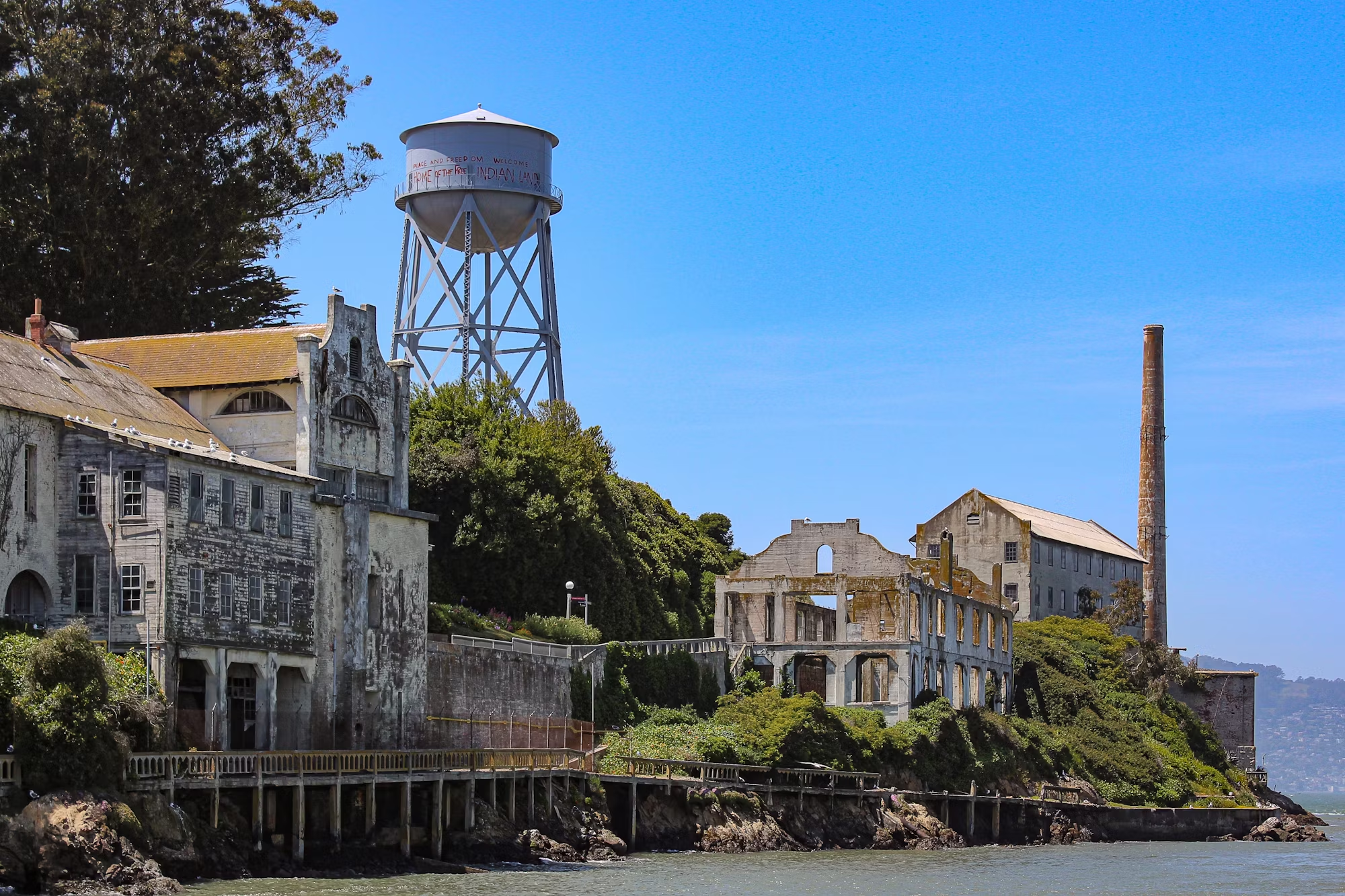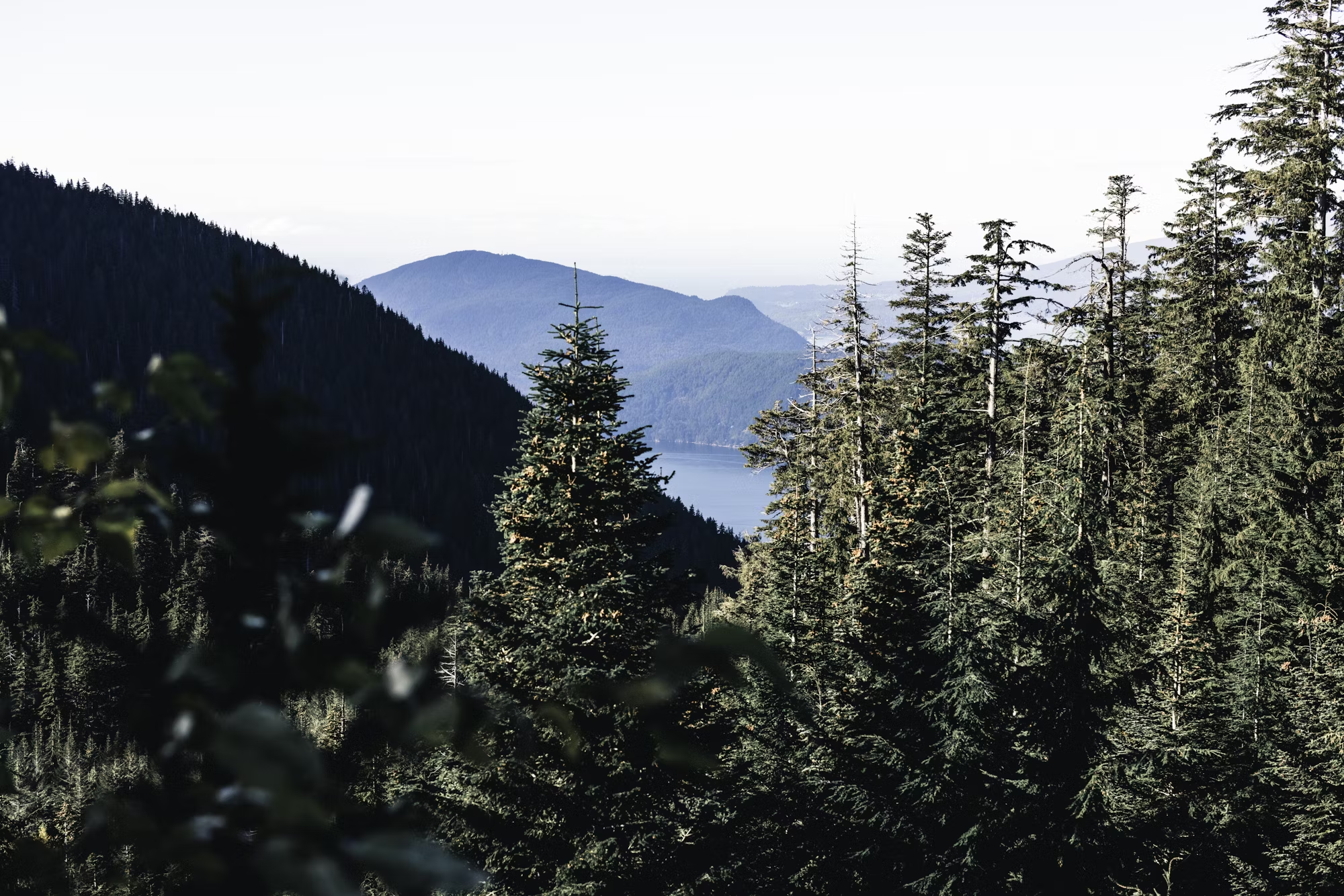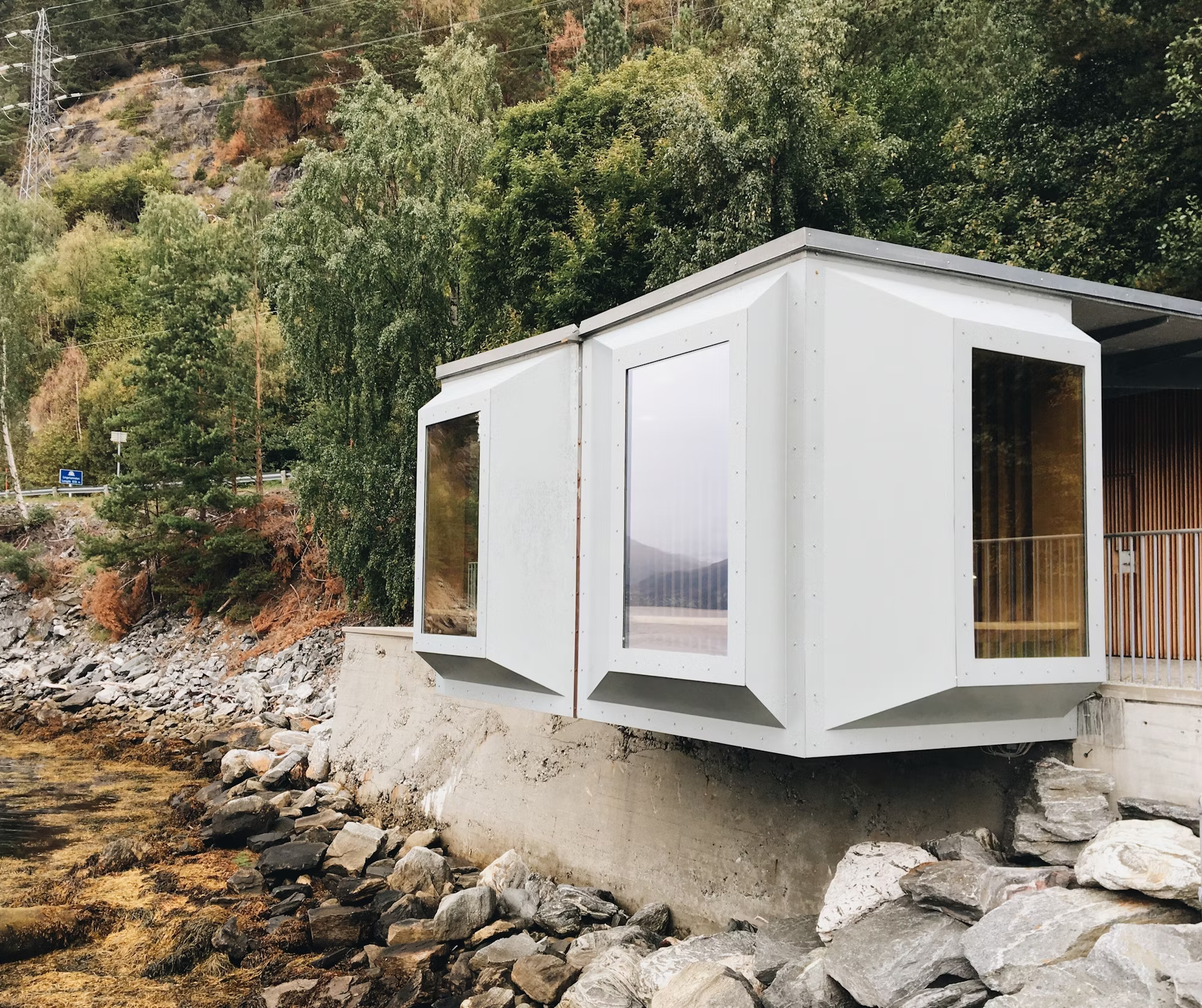In today’s fast-paced world, where distractions are abundant and the pressure to multitask often feels overwhelming, the concept of mindful living has gained considerable attention. Mindfulness, the practice of being fully present and engaged in the moment, offers individuals a way to cultivate awareness, reduce stress, and enhance their overall quality of life. This article delves into the principles of mindful living, its numerous benefits, and practical ways to integrate mindfulness into everyday routines.
At its core, mindfulness is about paying attention. It involves observing our thoughts, feelings, and surroundings without judgment, allowing us to connect more deeply with our experiences. This practice can be traced back to ancient meditation traditions, particularly within Buddhism, where mindfulness is a central tenet. However, it has since transcended its spiritual roots to become a valuable tool for enhancing mental well-being and emotional resilience in the modern world.
One of the primary benefits of mindfulness is its ability to reduce stress and anxiety. Research has shown that regular mindfulness practice can lower cortisol levels, the hormone associated with stress. By focusing on the present moment, individuals can break the cycle of rumination that often accompanies anxiety. Instead of being consumed by worries about the future or regrets about the past, mindfulness encourages us to acknowledge our feelings and let them pass without getting caught up in them.
Moreover, practicing mindfulness can lead to improved emotional regulation. When we become more aware of our thoughts and emotions, we develop the ability to respond rather than react. This shift in perspective allows us to navigate challenging situations with greater calmness and clarity. For instance, during a heated discussion, a mindful approach may help us pause, breathe, and consider our words carefully rather than responding impulsively.
In addition to emotional benefits, mindfulness has been linked to enhanced focus and concentration. In an era where distractions are constant, training our minds to remain present can significantly improve our productivity. Mindfulness practices, such as meditation and deep breathing, help strengthen the brain’s ability to concentrate by training it to stay engaged with a single task. This can lead to increased efficiency and a greater sense of accomplishment in both personal and professional pursuits.
Integrating mindfulness into daily life does not require extensive training or a complete lifestyle overhaul. Instead, small, intentional changes can create a significant impact. One of the simplest ways to practice mindfulness is through mindful breathing. Taking a few moments each day to focus on our breath can ground us and bring our awareness back to the present. Whether it’s during a break at work, while waiting in line, or even before bedtime, mindful breathing can serve as a powerful reminder to slow down and reconnect with ourselves.
Another effective method is mindful eating. In our busy lives, meals often become rushed experiences filled with distractions. By approaching eating mindfully, we can savor each bite and appreciate the flavors, textures, and aromas of our food. This practice not only enhances our enjoyment of meals but can also promote healthier eating habits. By tuning into our hunger cues and paying attention to how certain foods make us feel, we can develop a more balanced relationship with food.
Mindful walking is yet another practice that encourages us to connect with our surroundings. Whether it’s a stroll through a park or a walk around the block, focusing on the sensations of our feet on the ground, the rhythm of our breath, and the sights and sounds around us can transform a mundane activity into a refreshing experience. This practice not only boosts our mood but also encourages us to appreciate the beauty of nature and our environment.
For those looking to deepen their mindfulness practice, meditation can offer profound benefits. While there are many forms of meditation, one accessible option is guided meditation. Numerous apps and online resources provide guided sessions, making it easy for individuals to find a practice that resonates with them. Even dedicating just a few minutes each day to meditation can foster a greater sense of inner peace and clarity.
The beauty of mindfulness is that it can be woven into any aspect of life. Whether it’s during mundane tasks, such as washing dishes or commuting, mindfulness invites us to fully engage with our experiences. For instance, while washing dishes, instead of letting our minds wander to the day’s to-do list, we can focus on the warmth of the water, the sensation of the soap, and the act of cleaning itself. This simple shift in attention can turn a routine chore into a moment of tranquility.
Furthermore, cultivating mindfulness can enhance our relationships. By practicing active listening and being fully present during conversations, we can create deeper connections with others. Mindful communication encourages empathy and understanding, allowing us to respond to others with compassion rather than judgment. This not only enriches our interactions but also fosters a more supportive and loving environment.
As we embrace mindful living, it’s essential to remember that this practice is not about achieving perfection. Rather, it’s about progress and self-compassion. There will be days when our minds wander, and we may find it challenging to stay present. Instead of being hard on ourselves, we can approach these moments with kindness and curiosity, recognizing that mindfulness is a journey rather than a destination.
In conclusion, the art of mindful living offers us a pathway to greater awareness, emotional resilience, and fulfillment in our daily lives. By incorporating simple practices like mindful breathing, eating, and walking, we can transform our routines into opportunities for connection and growth. As we navigate the complexities of modern life, embracing mindfulness can lead to a more balanced, peaceful, and meaningful existence. Ultimately, the journey towards mindful living is one of self-discovery and joy, reminding us to cherish each moment as it unfolds.









